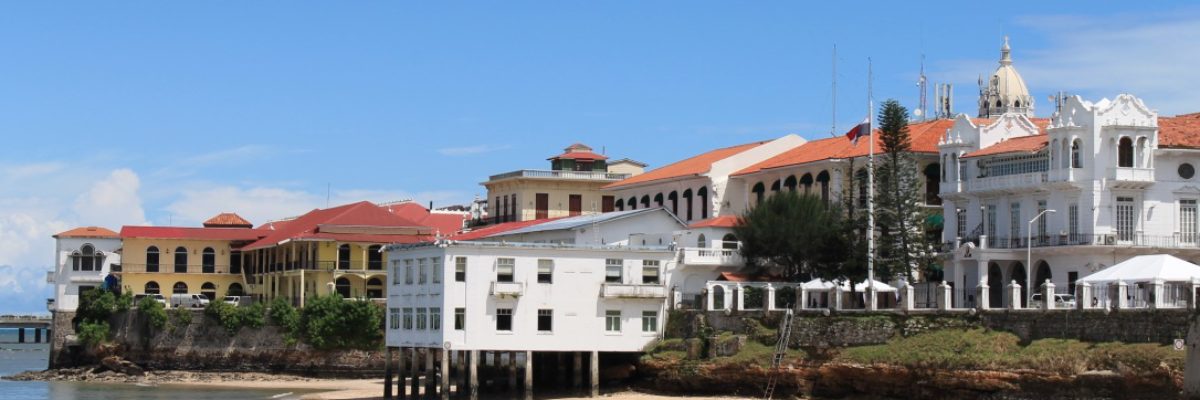Prague was our next destination and our gateway into Eastern Europe. We enjoyed another great train ride from Berlin to Prague, entertained with great scenery, surprisingly good food and a few beers along the way.

When we arrived at the train station we were met by our driver that we pre-booked through the hotel, and made our way downtown. Our lodgings were more of an apartment than hotel. Located one block from old town, the hotel had virtually no signage, and a single solid wood door in a nondescript building. Check-in was a small desk in a narrow hallway in front of a tiny elevator and a spiral stair case. When we arrived at our room, we ascended another spiral staircase into a beautiful two bedroom apartment with a terrace off the kitchen that provided a view of Prague that was breathtaking at night. The trade off was that there was an ant infestation at the entrance to the terrace, and we had a day and a half with no hot water, but it’s amazing what you can overlook when you have access to a washer and dryer to refresh and repack your gear.

The first night we spent time wandering through old town. It is a spectacular maze of narrow streets and classic architecture. The old churches and buildings tower over you, as you find your way to the centre of old town. Once there, take the time to check out the astrological clock on the outside of the old town hall building. The clock was completed in the late fourteen hundreds, and it’s a pretty amazing technical accomplishment when you consider how old the clock actually is.

From the old town we made our way to the Vltava River and onto the Charles Bridge to scope out our route to visit the Prague Castle the next morning. Once we had our bearings we headed out in search of food and by sheer luck came upon a basement pub called “The Alchemist”. It was a bit off the beaten track, and it didn’t have a huge line up of tourists, so we figured we would give it a shot. The interior motif was medieval, in homage to Prague’s long history with Alchemists of that time period.

This restaurant turned out to be one of our best meals of the trip. The waiter was eager to practice his English and my wife got a chance to practice her Slovak. It was such a relaxed atmosphere, and the menu was all local cuisine that tasted amazing; my advice is to have the Goulash with a local beer, it’s pure bliss. The waiter also comped us a few beer schnapps after the meal, which I had never had before. It was actually really good. I would never have thought to distill beer into a schnapps, but it works.

After some late night card games on the terrace, while we waited for much needed clean laundry to finish, we had a great sleep and woke up ready to tackle Prague Castle. It’s a quite a hike from where we were in old town, across the river and up the embankment, but I wouldn’t suggest any other way to get there other than to walk.

Construction on Charles Bridge began in the mid-thirteen hundreds and was completed in the early fifteen hundreds. Today, the bridge is lined with ornate statues, and hosts buskers along it sides, selling anything and everything to passing tourists. Don’t rush, the bridge is an amazing public art display in and of itself. Once you cross the bridge you enter through the original walled fortifications and towers, and begin the slow ascent to Prague Castle perched above the city.

Prague Castle’s origins begin in the late ninth century, and is now believed to be the largest ancient castle in the world. What is truly amazing about this site is how well it is preserved, and because it spans such a long timeline, you get to see architecture that reflects many styles such as Gothic, Renaissance, and Romanesque. From outside the castle you can witness the changing of the guard, which they still conduct everyday. It does draw a large crowd, but it’s always impressive to see the pomp and circumstance involved in these rituals.

Inside the castle, the sheer size is overwhelming. My advice is to have a plan, and in retrospect, maybe take an extra day. There is just so much to see. Saint Vitus Cathedral is a must; it actually reminded me quite a bit of Notre Dame. I also recommend the Basilica of St. George. Throughout the grounds there are museum exhibits, armouries and art displays spanning the history of the castle, but one area I found really cool was the “Golden Lane”. In the 16th century the king allowed his soldiers, specifically sharpshooters, to build their cottages into the castle wall footings, which essentially were single room dwellings that exist to this day. It allowed them to respond quickly to any potential attacks on the castle; quite an ingenious solution to keeping soldiers close to their stations. You also will find that touring through parts of the castle can be slow going as the higher levels are often only accessible by a spiral stair case that can only accommodate a person going in a single direction. Patience is key, and will be worthwhile, I promise.

Our time in Prague was short, but we packed in quite a bit. This is definitely a country I would return to, there is so much to see and there is history at every turn. My only travel tip is to convert some Euros to Crowns when you get there. Although part of the European Union, Euros are not widely accepted at small shops or street vendors, which was a bit of a hassle.










